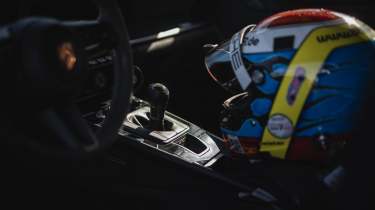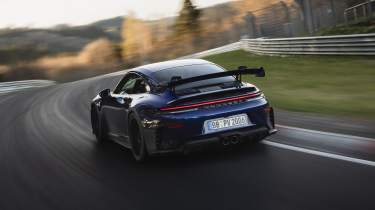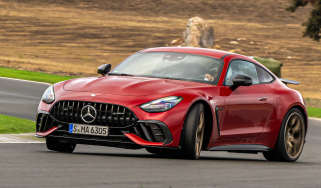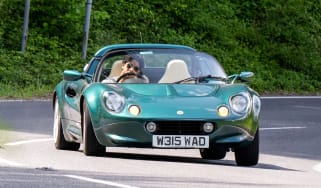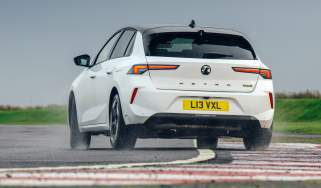The 992.2 Porsche 911 GT3 is the fastest manual ever around the Nürburgring
Porsche has set a new record for the 992.2 GT3 around the Nürburgring. It’s the fastest manual ever, and it’s not even close.
‘Paddles are faster’ is no longer an accepted excuse to swerve the manual on your sports car, on evidence of Porsche’s latest Nürburgring lap record. Because if you’re comparing a PDK 992.1 GT3 and a manual 992.2 911 GT3, it’s simply not true.
Traversing the Nordschleife in an incredible 6:56.294, Porsche brand ambassador Jörg Bergmeister has beaten the time last set by a PDK-equipped 992.1 GT3 by 3.6sec. In doing so, he’s also made a manual 992.2 911 GT3 (with Weissach package) the fastest manual car ever around the Green Hell and surely, by some margin.
Now relegated to second place is the Dodge Viper ACR, which set its 7:01.3 time around the Nordschleife in 2017 on the shorter 20.6km lap. By Porsche’s calculations, that equates to a 7:05.8 on the longer lap of 20.832km that’s now used. That means the latest 992.2 GT3 – not the RS, remember – is close to the equivalent of 10 seconds quicker than the next fastest manual car.
Porsche reckons it would have been, in the words of Bergmeister, ‘a fair few seconds faster with the seven-speed PDK’. Knowing the 992.1 GT3 RS managed a lap of 6:49, we’re curious what their definition of ‘a fair few’ is.
The car in question did of course have the Weissach Pack, which Porsche is offering for the first time on the latest 992.2 GT3. In this case, that means a short-throw manual shifter, as well as a carbon roll cage. But it will be the hard work that’s gone on underneath the skin, that’s inherent to all 992.2 GT3s, that’s responsible for the laptime. As well as Michelin Pilot Sport Cup 2 R tyres, the 992.2 GT3 features GT3 RS-style anti-dive geometry, making the new GT3 much more stable over bumps and curbs and under braking.
The onboard footage is an entrancing watch, with the short-ratio manual transmission giving Bergmeister a lot more to do than he would in a PDK. There are even moments where the car runs out of revs, with a couple of bounces off the limiter. The eight per cent shorter gear ratios will have helped pace overall, though, even with no more power, thanks to the power band being more accessible in-gear than before. The trade-off, a gear-limited top speed of 194mph – an irrelevance around the Nürburgring.
Bergmeister attested to just what an improvement in pace the shorter gears afforded, as well as the revised chassis setup:
‘The new 911 GT3 inspires even more confidence at the limit than the previous model. I was faster in almost every corner. We learned a lot from the 911 GT3 RS, especially with the chassis. The car is much more stable on bumps and over the curbs. And thanks to the eight-per-cent-shorter gear ratio, there is noticeably more drive from the rear axle when accelerating with the same engine power.’
Posting a time with a manual GT3 sounds at odds with Porsche’s prevailing stance on transmission choice. If you want lap times and track performance, even at the expense of engagement, PDK is undoubtedly the best bet. According to GT Model Line director Andreas Preuninger, it was customer curiosity that pushed them to put the latest manual GT3 to the test.
‘More and more 911 GT3 customers are opting for the six-speed manual transmission,’ Preuninger said.
‘And more and more often we are asked by these customers how fast a 911 GT3 with manual transmission would be on the Nordschleife. We have now answered this question and – although we know that the variant with PDK is significantly faster – we drove our official lap time with a manual six-speed gearbox.
‘Even without the automated, super-fast and precise gearshifts of the PDK, and with a conventional instead of electronically controlled limited-slip differential, the new 911 GT3 shaved around 3.6 seconds off the time of its predecessor with PDK.’

